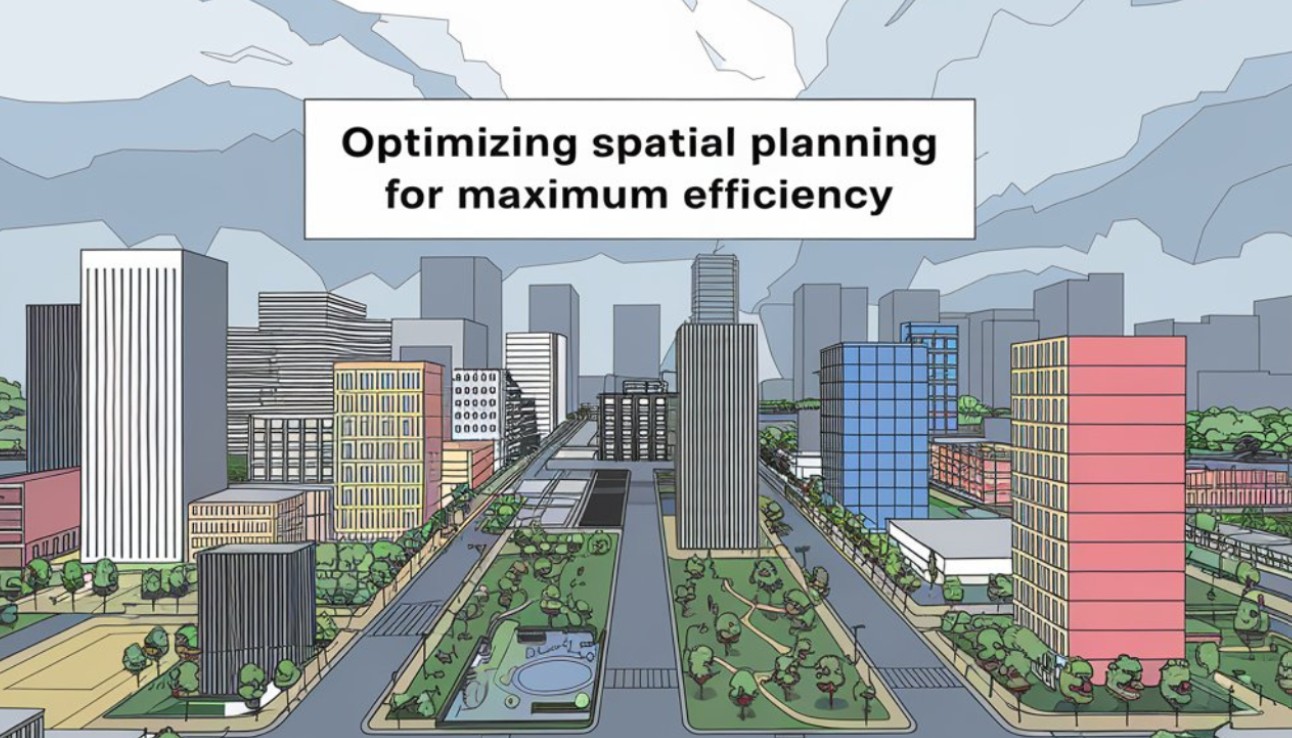
Establishing a manufacturing facility is not an easy task; instead, it is no simple work. It requires planning as well as execution with detail. Every detail should be taken into consideration to ensure efficiency and safety, as well as productivity. This guide shows how to perform the critical steps in setting up a manufacturing facility by emerging manufacturers concerning spatial planning, workflow optimization, equipment arrangement, and best practices for productivity.
Steps in Planning for Maximum Efficiency
Step 1: Understand the Manufacturing Needs
Before setting up a manufacturing facility, it’s important to carefully evaluate the production process requirements. Key factors include
Type of Products: The product’s nature and size directly affect space planning and equipment selection.
Production Volume: High production volumes need large spaces, smooth workflow, and a high level of automation to meet demand efficiently.
Storage for Raw Materials: Allocate enough space to store raw materials properly. This helps prevent damage and ensures uninterrupted production.
Employee Workflow: Design layouts that support easy movement of workers. A well-organized workflow boosts productivity and reduces downtime.
Regulatory Requirements: Always follow legal standards for health, safety, and environmental protection. Meeting these rules is critical for smooth and lawful operations.
Step 2: Site Selection and Space Planning
These two are the critical aspects that ensure optimization in the workflow-the site selection and the efficient layouts of the facility. Thus, the following should be borne in mind when site:
- Proximity to Suppliers and Customers: Location closer to suppliers means less transportation for getting the raw materials delivered at the right time.
- Infrastructure and Utilities: Having electricity, water, and communications available.
For more information: Business Ideas and Investments Opportunities
Step 3: Designing an Efficient Workflow
An efficient workflow curtails unnecessary movement by preparing working conditions that allow smooth operations. Here are some of the popular strategies usually considered:
- A linear workflow: a straight succession of workstations that creates a logical flow from raw materials to finished products.
- Minimized Travel Distance: Machine and workstation arrangements that minimize movement of materials and employees.
- Automation and Robotics: Incorporating automation in the processes to speed things up as well as provide accurate results.
- Flexibility Layouts: Spaces can offer better flexibility for redesign at later stages depending on future production changes.
Step 4: Selecting and Arranging Equipment
The selection of appropriate equipment and proper placement of it will maximize productivity. Some of the very obvious considerations are:
- Size and Capacity of Equipment: The size of the machinery should be just enough to properly coordinate with the space allocated.
- Accessibility for Maintenance: Space that should be allocated so that a technician can reach and service the equipment.
- Safety and Ergonomics: Under ergonomic confines, engineering operations should be done at readily accessible and comfortable heights and distances.
- Energy Efficiency: The use of energy-efficient technology in workplace machinery shrinks operational expenses.
Step 5: Implementation of Safety and Compliance Measures
The priority when setting up a manufacturing facility is safety. The following would investigate making the environment safer:
- Obeying Industry Regulations: It follows from that of local, regional, and international safety standards in manufacturing industries.
- Safety gear: Must provide fire extinguishers, emergency, kits, first aid equipment, and protective gear.
- Employee Training: Continuous safety training of the employees reduces work accidents.
- Ergonomic design: spaces ought to be to reduce stress on the worker at the end.
Step 6: Inventory Management Systems Development
The major functions of effective inventory management are removing delays in ensuring the smooth operation of the business. Best practices include:
- Just-in-time inventory (JIT): Keeping stock to its minimal extent to maintain continuous supply while minimizing the cost of storage.
- FIFO system: First-in-first-out can be adopted to avoid wastage and maintain product quality.
- Automated Inventory Tracking: Tracking of inventory by use of software in real time.
Step 7: Maximizing Workforce Productivity
A well-trained workforce enhances efficiency. Steps include:
- Hiring Skilled Workers: Hire employees who have previous experience and/or training in a manufacturing process.
- Training and Development. Continuous learning would benefit employees by increasing overall efficiency.
- Workplace incentives included reward programs that acknowledge efficient output and new ideas that enhance productivity.
Step 8: Implementing the Principles of Lean Manufacturing
- Waste Elimination: Reduced waiting times, extra inventory, and needless transportation.
- Continuous Improvement (Kaizen): Let the worker suggest improvements to the process.
- Standardized Work: Create the same process of doing work and act accordingly.
- Value Stream Mapping: Produce flow analysis to identify improvement areas in production.
Step 9: Technology Usage to Have Better Efficiency
Technology enables productivity enhancement and minimization of errors. Technologies include:
- Manufacturing Execution Systems (MES): Software that controls production processes.
- Enterprise Resource Planning: Concern business management from the initial inventory to sales.
- IoT: Sensors and smart devices provide real-time information about machine operation.
- RPA: Robots perform the repeated work done by people for efficiency.
Step 10: Monitoring and Continuous Improvement
Manufacturing plants need to be observed continuously for performance and efficiency. Improvement strategies include
- Key Performance Indicators (KPIs): Levels for measuring productivity, downtime, and waste.
- Regular Audits: Conduct name audits to identify areas that require improvement.
- Feedback from Employees: Gather insights from workers for enhanced workflow.
- Adapt to Changes in Markets: Flexibility in adjusting production to market needs.
Read Our Blogs: A Step-by-Step Guide to Launching a Successful Complex NPK Fertilizer Enterprise
Closing Thoughts
The best-laid plans require all the resources they can muster to implement such an undertaking as manufacturing. Manufacturers can create an efficient and productive facility by focusing on airspace planning, workflow optimization, equipment placement, safety measures, inventory management, and employee productivity.Such best practices as lean manufacturing, leveraging technology, and continuous improvement amount to the long-term success of operations. New and existing manufacturers, therefore, can follow a well-structured approach to improving productivity, reducing costs, and achieving sustainability.























